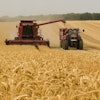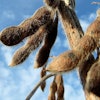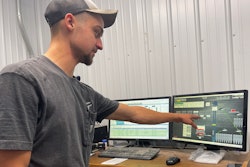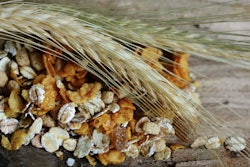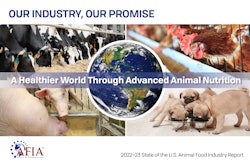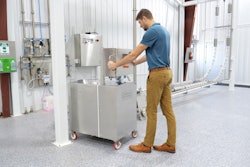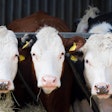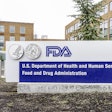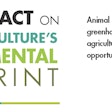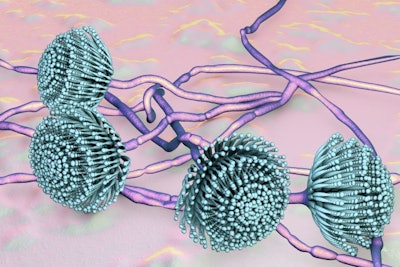
Climate change, as it is understood today, is experienced by fluctuating temperatures, altered precipitation patterns and increasedextreme weather events. These changes have far-reaching implications for agricultural systems, with one significant concern being the development of mycotoxins in animal feed.
Mycotoxins are toxic secondary metabolites produced by molds, and when present in animal feed, they can lead to various health issues and economic losses. This article examines the effects of climate change on mycotoxin development in animal feedstuffs and highlights several strategies to combat this emerging challenge.
Impact of climate change on mycotoxin development
Changes in temperature:Climate change has led to rising temperatures worldwide, affecting the growth and proliferation of molds that produce mycotoxins. Higher temperatures can create favorable conditions for mold growth in crops during pre-harvest and post-harvest stages, increasing the risk of mycotoxin contamination in animal feedstuffs.
Altered precipitation patterns:Changes in precipitation patterns due to climate change can influence the moisture content of crops, making them more susceptible to mold infestation. Excessive rainfall during growing seasons promotes fungal growth, while drought conditions may lead to mycotoxin production in stressed plants.
Extreme weather events:Floods, hurricanes, fires and other extreme weather events associated with climate change can exacerbate mycotoxin contamination in crops. These events can damage crops, disrupt storage facilities, and create conditions conducive to mold development and mycotoxin production.
Mitigation strategies for mycotoxin contamination
Pre-harvest management
- Crop rotation: Implementing a diverse crop rotation system can break the cycle of mycotoxin-producing molds and reduce their prevalence in the soil.
- Early sowing: Planting crops early can help avoid peak fungal growth periods and reduce the risk of mycotoxin contamination.
- Mycotoxin-resistant varieties: Choosing crop varieties with natural resistance to specific molds can reduce mycotoxin development.
- 抵御气候变化的作物:研究和育种效率orts should focus on developing climate-resilient crop varieties that are less prone to the effects of changing climatic conditions.
Post-harvest management
- Drying and storage: Proper post-harvest handling, including thorough drying and appropriate storage conditions, can prevent mold growth and mycotoxin production.
- Quality testing: Regularly testing feedstuffs for mycotoxin presence can identify contaminated batches before they are fed to animals, especially after prolonged storage.
- Feed additives: Products such as adsorbents (such as activated charcoal, bentonite or hydrated sodium calcium aluminosilicate) can bind some mycotoxins and prevent their absorption in the animal’s gut. Not all mycotoxins are bound in this way. Enzymes and yeast products are also known to have certain mycotoxin-neutralizing properties and can reduce their toxicity in animal feed.
Conclusion
Climate change poses a significant threat to the development of mycotoxins in animal feedstuffs which, in turn, affects animal health, productivity and the economy. Implementing effective mitigation strategies, such as pre-harvest and post-harvest management practices, feed additives, and the development of climate-resilient crops, is crucial in safeguarding livestock and poultry from mycotoxin contamination. Additionally, raising awareness and encouraging sustainable agricultural practices can contribute to reducing the impact of climate change on mycotoxin development, ultimately securing the food supply chain and protecting animal welfare.



